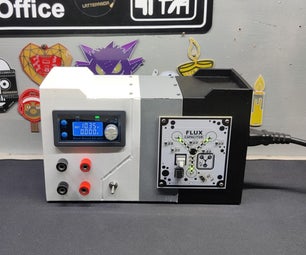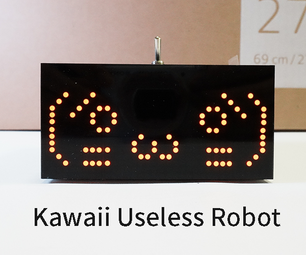Introduction: Intel Galileo Garage Monitor
The intel Galileo is an amazing platform to make IoT devices. This is an example of using Python and a few sensors to create a garage monitor/alarm system.
Step 1: Parts
You will need the following parts:
-Intel Galileo
-Intel Galileo compliant Wifi card
- 2x Overhead Door Switch http://www.amazon.com/Potter-Amseco-ODC-59A-Overhe...
-1x Magnetic Door Switch https://www.sparkfun.com/products/13247
- 3x 1K resistors
- Arduino Proto Shield http://www.amazon.com/Arduino-Proto-Shield-R3-Asse...
- 3x Screw Terminals https://www.sparkfun.com/products/10571
- DuinoCase Enclosure http://www.amazon.com/duinoCase-G2-Quality-Metal-E...
-TMP36 Temp Monitor https://www.sparkfun.com/products/10988
- Terminal Block https://www.sparkfun.com/products/13061
Step 2: Assemble
Assemble your switches. I wanted to make this modular but also a production service, so I needed to move beyond the solderless breadboard.
To do that I used a Arduino Protoshield and screw terminals. This would allow me to open the case and tinker while also being hardwired.
Step 3: Case
I added a 6 screw terminal block to the outside of the DuinoCase to make wiring it to the switches easier.
Step 4: Switches
Install your switches at the door and attach it to the terminal blocks
Step 5: Software Prerequisites
You will need to install flask and gunicorn. To do that you need to use pip.
Pip relies on ez_setup, so install that first. If you have not installed PIP, follow these instructions.
curl https://bootstrap.pypa.io/ez_setup.py -o ez_seetup.py
python ez_setup.py --insecure
Then you must install PIP. curl https://bootstrap.pypa.io/ez_setup.py -o pip-8.0.2.tar.gz
tar -zxvf pip-8.0.2.tar.gz cd pip-8.0.2
python setup.py build install
pip install gunicorn
pip install Flask
Step 6: Code Overview
Now we get to the heart of the matter. This consists of 2 scripts, one which will run every minute to make DB entries and send emails. The other script is the flask web server.
The scripts can be downloaded from GitHub here: https://github.com/joemcmanus/galileoGarageMon
You want to read the door pins with mraa.
In python you will import mraa, define a pin, then read it.
pin=mraa.Gpio(7)
pin.dir(mraa.DIR_IN)
pinVal=pin.read()
Step 7: Door Code
The script that will monitor your doors for email purposes is called door.py. It will run as a systemd process and start on boot.
Edit the mailto and mailfrom lines to receive email.
Step 8: Flask
The web server is written in python using flask. You will want to copy the flask folder from git hub in to /data/flask .
There is a login page... although I am not doing anything with it in this first version.
Step 9: Startup Processes
You will want all of this to start on boot. In this IoT OS we will use the systemd unit files to get this working.
Copy the garage*.service files /lib/systemd/system/
Then add them to the startup process using systemctl enable .
systemctl enable garagemon.service
systemctl enable garagealert.service
Start it up!
systemctl start garagemon
systemctl start garagealert
Step 10: Email
Sample email shown. It will email if a door is open more than 5 minutes.
Step 11: Web Interface
If you browse to http://yourGalileo.local you will see the status of the doors. There is also a temperature read out... because why not?
Next version will allow you to edit the time frame for alerts and email info from the web.
Step 12: Done
I hope you enjoyed checking out an example of a garage monitor/alarm system using the Intel Galileo Gen 2 and python.











